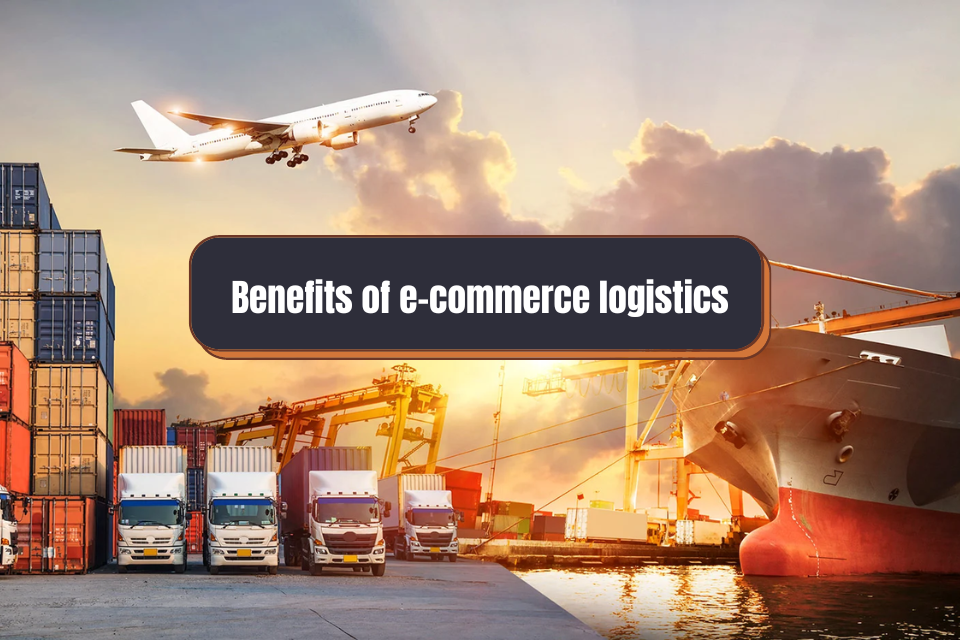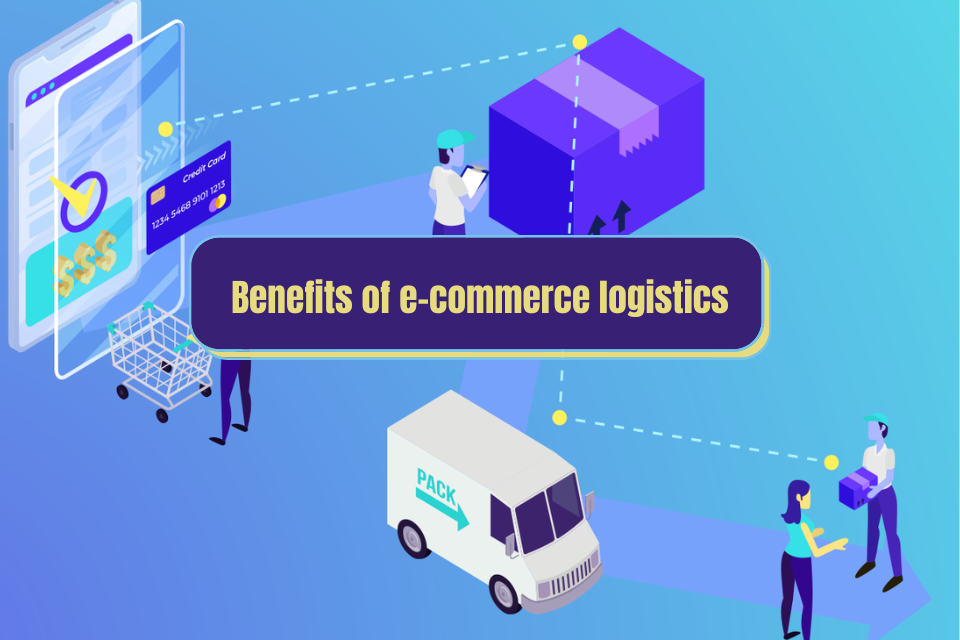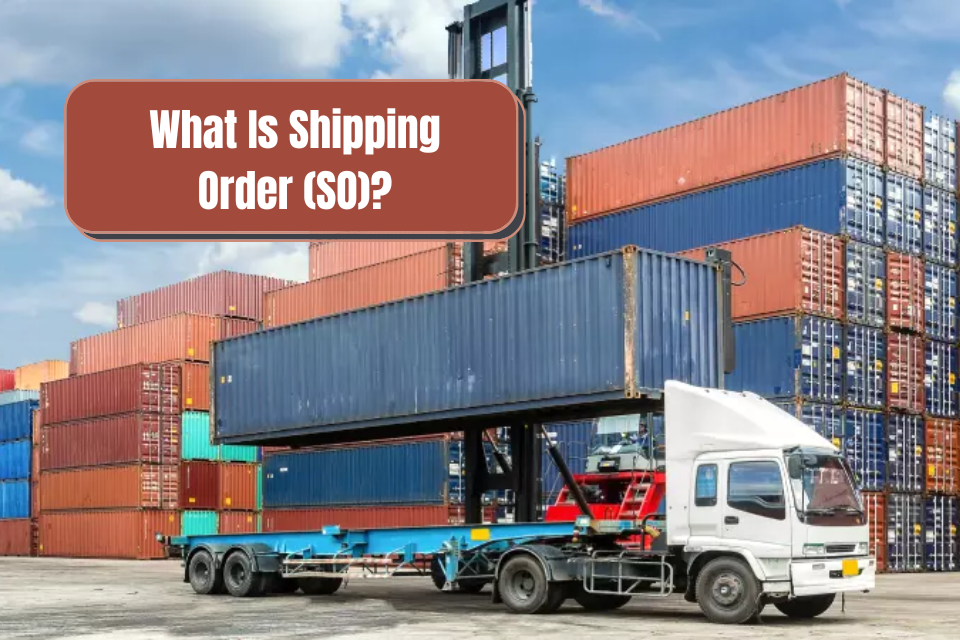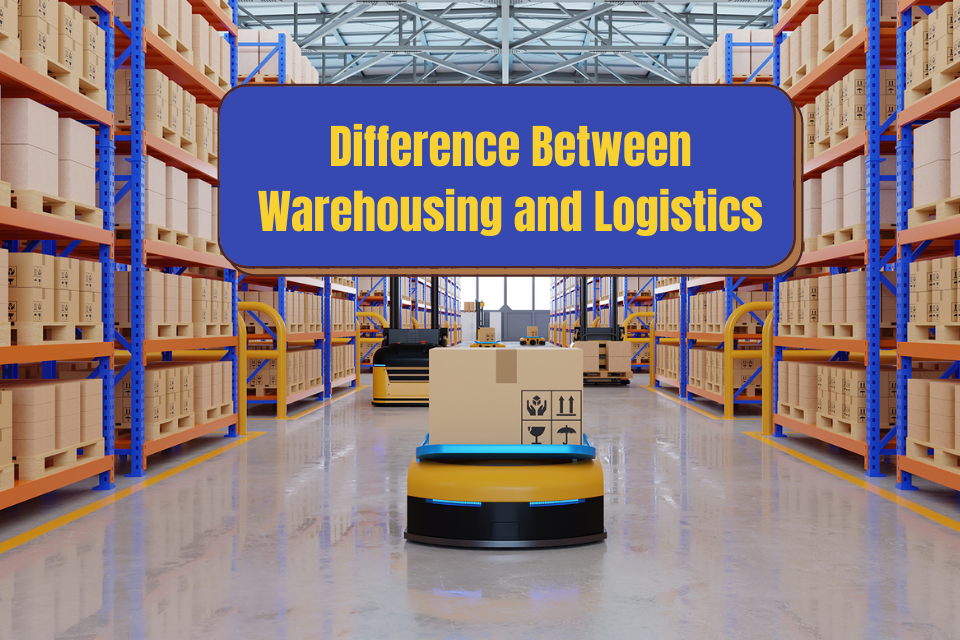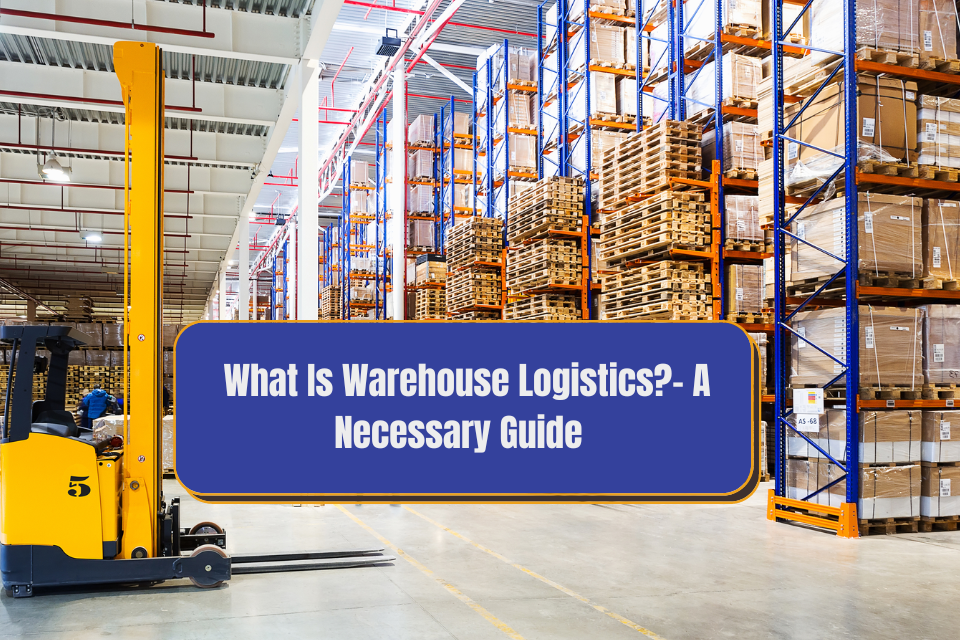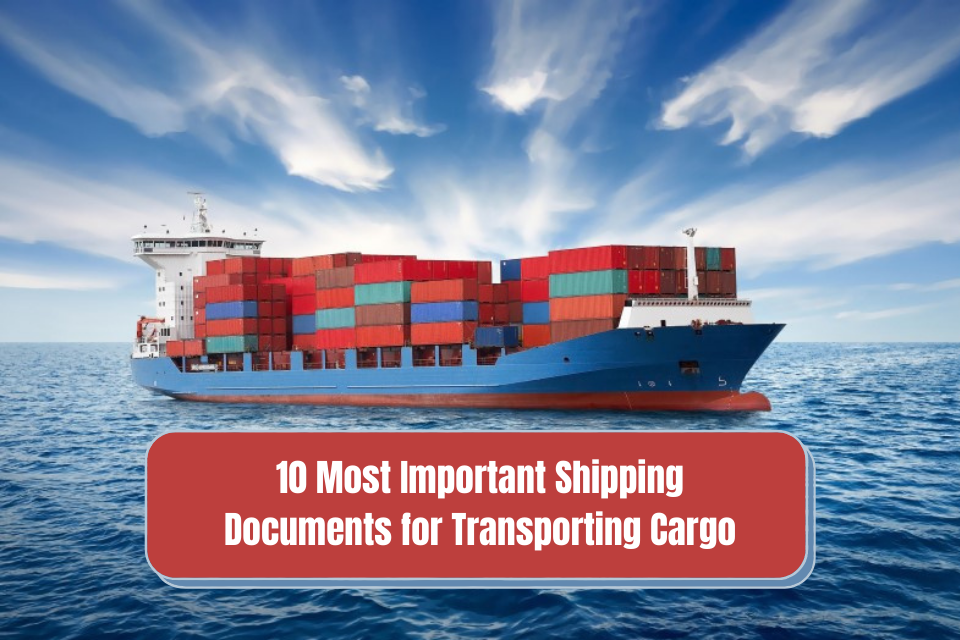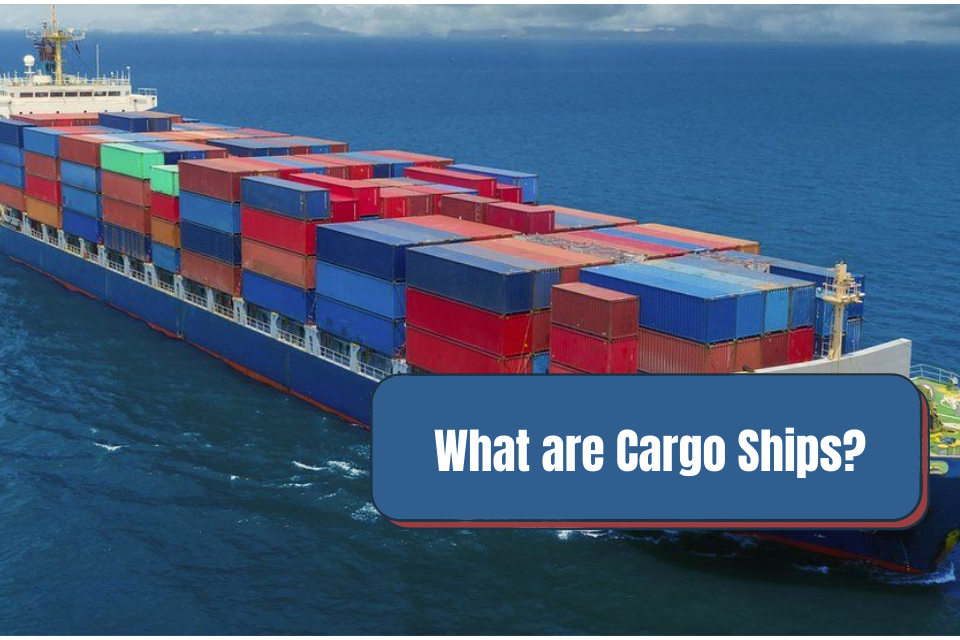Kochi is one of the last prominent commercial destinations in Kerala. Kochi, located on India’s southwest coast and abutting the Lakshwadeep sea, is a thriving port city. The city has Kerala’s highest population density. It is currently a bustling commercial hub and is categorized as a Tier II city by the Government of India. Kochi is a key marine hub and home to the southern naval command. Kochi is a part of the Ernakulum district, which accounts for 41.74% of the state’s GDP.
The city of Kochi wins as one of the most advantageous business locations in 2022 due to the rapid growth of transportation and logistics businesses there. Kochi’s proximity to ports and central location makes it an attractive place to locate offices for shipping companies. The number of new shipping businesses established in Kochi has increased significantly in recent years.
Kochi is becoming an ideal location to setup freight business for many major shipping companies. In Kochi city, these companies have a reliable network of ocean, air, and trucking services. The importance of transportation to business locations has increased with globalization. Kochi city has access to large international airports, rivers, oceans, and railroads, and the interstate highway system enables enterprises and shipping firms to use the various freight modes more affordably. The best shipping infrastructure is available in Kochi, which can be cost-effective for any company.
Choosing a logistics business in Kochi has numerous benefits. The presence of a shipping firm in such a dynamic and professional city as Kochi will significantly strengthen your company’s image. Take a look at why Kochi will be the best business center for shipping companies in 2022:
Location
The Cochin port in Kerala, which is 100 years old, receives trade from both the Arabian Sea and the Indian Ocean. To facilitate trade with Gulf nations, the British built the port in 1928. It is also home to India’s largest container facility, the ICTT, located in Kochi port.
An average of 0.6 million TEUs and 32.03 million metric tonnes of gross cargo are handled by the Cochin port annually. Approximately 1500 vessels visit Cochin Port annually. International airports, motorways, and railroads are all well-connected to this port. In the neighborhood lies a naval facility. The International East West Shipping Routes are the nearest to Cochin, one of the major Indian ports. ochin has a clear advantage because of its geostrategic location.
Moderate climate
The Port of Cochin is an all-weather port by nature. The port’s marine facilities are situated along the Mattancherry and Ernakulam Channels. The coasts of Ernakulam and Mattancherry/Fort Cochin also have a few onshore facilities. There are numerous onshore facilities on the Willingdon, Vallarpadam, and Puthuvypeen islands. Even during the monsoon season, the backwaters provide ships with peaceful and tranquil passageways. The risk of cyclones is less in Cochin because it is outside the cyclone zone. The city of Kochi has earned a reputation for being an ideal location for practically shipping business to prosper, both small and large.
Inland water transport
Cochin is situated on a network of interconnected canals, lagoons, and waterways, allowing access to Alleppey and Quilon via waterway vessels. The West Coast Canal, the Udyogamandal Canal, and the Champakkara Canal provide the principal connections. Kochi is thus an ideal location for new investors seeking to set up a logistics business and cost-effectively operate businesses.
Economical
In Kochi, maritime freight rates are more competitive and practical economically than those of rail, road, and air. In Kochi, companies that offer ocean freight services provide a range of inexpensive shipping solutions for diverse products. This is crucial for a lot of firms since they need to reduce shipping costs to pass along lower rates to customers. Therefore, it is advantageous for shipping businesses.
Low maintenance cost
The cost of upkeep for water transportation in Kochi is much cheaper than that of air and rail transportation. This is also one of the main factors contributing to the affordable cost of maritime freight.
Best for bulky goods
A notable benefit of sea freight shipping in Kochi city is the ability of the shipping companies to convey big, heavy, or bulky goods, commonly known as break bulk or Not in Trailer (NIT) loads. The cargo may include large vehicles, machinery, building supplies, and other varied products. Huge cargo, which is frequently too big or unwieldy for air freight or even over-the-road transit, is not a problem for many maritime vessels in Kochi.
Eco-friendly
One of the major benefits of delivering goods in Kochi city is the reduced carbon emissions. Ships are the form of transportation that emits the least carbon. So, it’s a fantastic idea to choose Kochi as the prime location for setting up a logistics business.
These are just a few of the reasons why so many people choose Kochi for their ideal location for starting shipping business. It has the ideal environment and prime location for launching and growing a business. You can’t go wrong with Kochi as a location if you’re looking to starting a logistics business!





